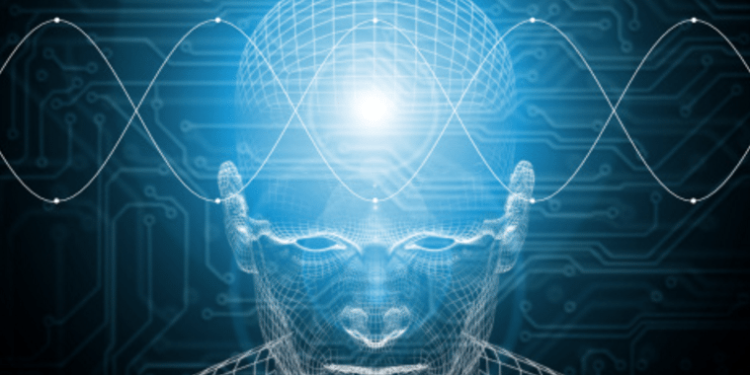Imagine a future where accessing information is as effortless as thinking about it—a world where our brains are seamlessly connected to a vast cloud of data, enhancing our cognitive abilities beyond current human limitations. This isn’t a plot from a science fiction movie; it’s a vision that futurists like Ray Kurzweil believe could become reality by 2045. In fact, when writing this article I cannot help to think about what Elon Musk revealed not long ago. In one of his many public appearances, the CEO of Tesla and SpaceX said that in the not-so-distant future, mobile phones as we know them will become obsolete.
Leading thinkers in technology and neuroscience are exploring the potential of nanotechnology to revolutionize the human mind. The concept revolves around a Brain-Cloud Interface (B-CI), a system where nanobots integrate with our neural networks to link our brains directly to cloud computing platforms. This could enable instant access to the world’s knowledge, transforming how we learn, communicate, and experience reality.
How Nanobots Could Enhance Our Minds
Researchers like Nuno R. B. Martins, Ph.D., propose that microscopic nanobots could inhabit our brains, interacting with neurons, synapses, and glial cells to monitor and process data. These nanobots would be incredibly small—about one one-hundredth the width of a human hair—and specialized for different brain cells. By integrating with our neural pathways, they could facilitate real-time data exchange between our brains and the cloud.
The implications of a fully functional B-CI extend beyond individual enhancement. By connecting human minds to a shared network, we could create a “global superbrain,” fostering unprecedented levels of empathy, understanding, and collaboration across diverse cultures. This interconnectedness could redefine social interaction and potentially revolutionize democratic processes.
Overcoming the Challenges Ahead
While the possibilities are thrilling, significant hurdles remain. Ethical considerations, such as privacy and security risks, must be addressed to protect individuals in this new landscape. There are also technical challenges, including safely deploying nanobots into the brain and ensuring they can navigate the blood-brain barrier without causing harm. Researchers are actively working on solutions, emphasizing the need for non-invasive, robust methods of information transfer.
Beyond boosting intelligence, nanobot integration could offer medical benefits. For instance, they might help combat neurodegenerative diseases like Alzheimer’s by repairing synaptic connections. Ray Kurzweil envisions nanobots that can repair organs, contributing to increased human longevity and improved quality of life.
The journey toward a B-CI raises important ethical questions. How do we ensure equitable access to such transformative technology? What regulatory frameworks are needed to manage the health risks and societal impacts? Addressing these concerns is crucial to ensure that the benefits of a brain-cloud connection are realized responsibly.
What do you think about the idea of connecting our brains directly to the cloud? Could this technology unite humanity, or does it pose risks that outweigh the benefits? Personally, I’m fine without that in my body.











